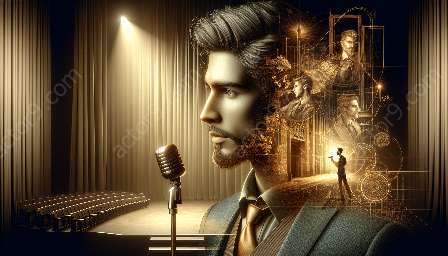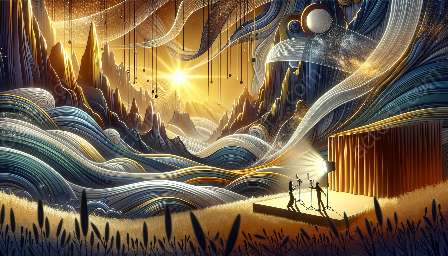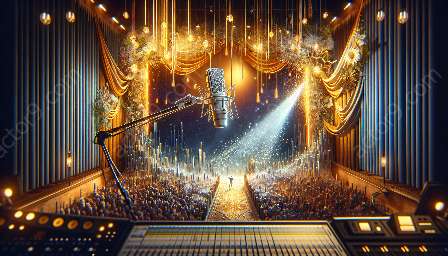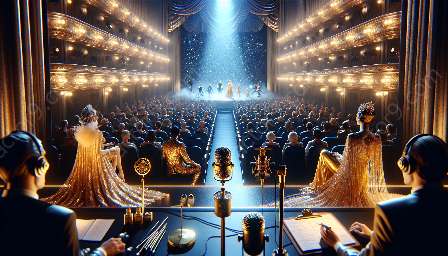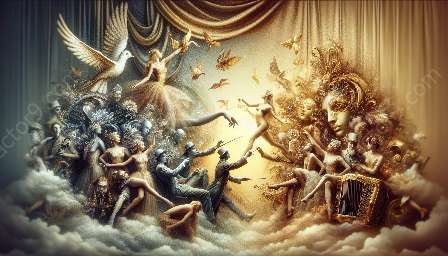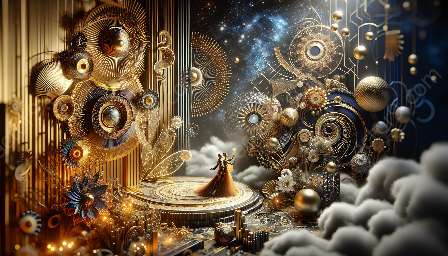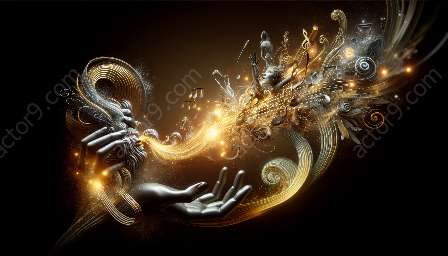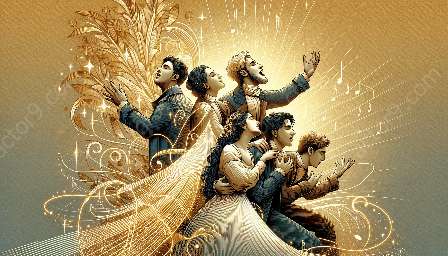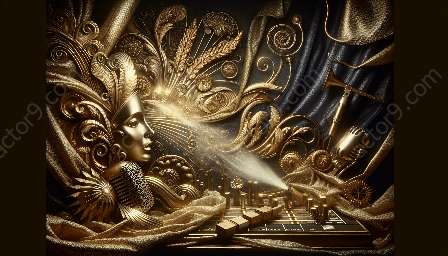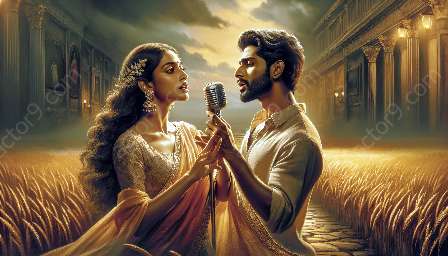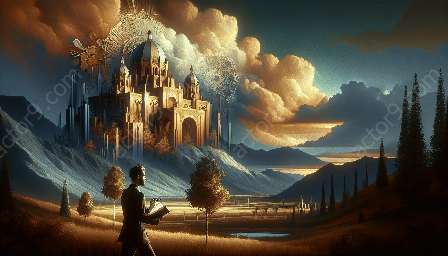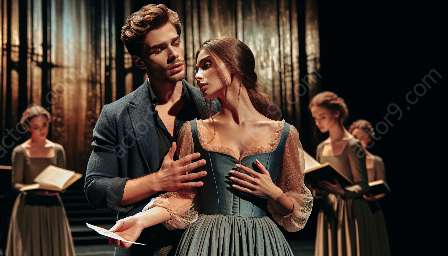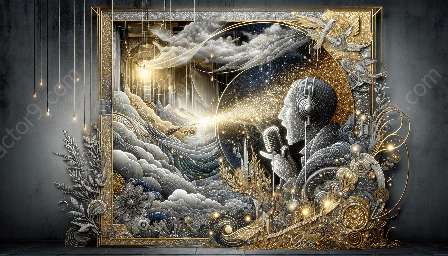Throughout history, voice techniques have been shaped by various cultural, artistic, and technological influences. These influences have not only impacted vocal performance but have also contributed to the development of techniques used by voice actors today. In this topic cluster, we will delve into the historical roots of voice techniques, examine how they have evolved over time, and explore their relevance to the modern practice of voice acting.
Understanding the Evolution of Voice Techniques
The development of voice techniques can be traced back to ancient civilizations, where vocal expression played a significant role in religious rituals, storytelling, and theatrical performances. In ancient Greece, for example, the use of voice was central to the delivery of epic poems and tragedies, leading to the emergence of vocal techniques aimed at projecting emotions and conveying narrative resonance.
During the medieval period, the rise of choral music and liturgical chants necessitated the refinement of vocal control and harmonization. This era laid the groundwork for the cultivation of discipline and tonal precision in vocal performance, setting the stage for future vocal training practices.
Cultural Diversity and Voice Techniques
As vocal traditions spread across different cultures and regions, diverse voice techniques and vocal styles emerged. From the melismatic singing of Middle Eastern cultures to the bel canto tradition in Italy, each cultural influence contributed unique vocal approaches that continue to influence voice actors and singers today.
Moreover, the exploration of non-Western vocal techniques, such as throat singing in Central Asia or indigenous vocalizations in the Americas, has expanded the repertoire of vocal expressions and techniques. These diverse influences have enriched the practice of voice acting by promoting a global understanding of vocal artistry.
Impact of Technological Advancements
The evolution of voice techniques has been significantly influenced by technological advancements. The invention of the printing press facilitated the dissemination of vocal pedagogy texts, allowing for the systematic documentation and transmission of vocal training methods.
Furthermore, the advent of recording technology revolutionized voice training by enabling performers to analyze and refine their vocal performances. This innovation expanded the horizons of voice techniques, offering new avenues for self-assessment and improvement for voice actors.
Relevance to Modern Voice Acting
Today, voice actors draw from a wealth of historical influences to hone their craft. Techniques developed through centuries of vocal training traditions are integrated with contemporary methods to create a diverse toolkit for actors. From classical vocal exercises to innovative approaches, voice actors continue to expand their capabilities by embracing the heritage of voice techniques.
By understanding the historical roots of voice techniques, voice actors can gain a deeper appreciation for the art of vocal expression and enrich their performances with a profound sense of tradition and innovation.





